POP in IOT and Embedded systems
Intermediate
Overview
IoT Course with Placement
Description
At Cranes Varsity, your gateway to a promising career in the Internet of Things (IoT) field. Our IoT Course with Placement is designed to provide you with comprehensive training and practical experience, setting you up for success in this rapidly expanding industry.
The Placement Oriented Program on IoT and Embedded Systems is the most sought and is a comprehensive and industry-focused training program designed to equip students with the skills and knowledge required to excel in the fast-growing field of IoT and embedded systems. With a strong emphasis on practical training and industry relevance, this program prepares students for successful careers in the Internet of Things (IoT) industry.
This IoT Course with Placement program covers a wide range of topics related to IoT and embedded systems, including sensor networks, wireless communication, data analytics, cloud computing, and IoT security. Students receive hands-on training on popular IoT platforms and technologies, enabling them to develop proficiency in building IoT applications and systems. The program also emphasizes project-based learning, allowing students to apply their knowledge and gain practical experience in designing and implementing IoT solutions.
Secure Your Future in IoT - Get Expert Guidance and Placement Assistance for a Promising Career
Cranes Varsity understands the importance of industry collaboration in the IoT and embedded systems domain. As such, the institute has established strong partnerships with leading technology companies and industry experts. This collaboration facilitates guest lectures, workshops, and industry visits, providing students with exposure to the latest trends and technologies in the field. It also opens doors to internship opportunities and potential job placements.
To enhance students’ employability, the program also focuses on developing essential soft skills, such as communication, teamwork, and problem-solving. Students receive guidance on resume building, interview preparation, and career counseling, ensuring they are well-prepared for the job market. The dedicated placement cell at Cranes Varsity assists students in connecting with industry recruiters and organizing placement drives, maximizing their chances of securing promising job offers.
By enrolling in the IoT Course with Placement, students gain a solid foundation in IoT technology and embedded systems, along with practical experience and industry exposure. This program prepares them for rewarding careers in various sectors, including smart cities, industrial automation, healthcare, and more. With a focus on practical training, industry collaboration, and job placement, this program equips students with the skills they need to thrive in the dynamic field of IoT and embedded systems.
The Placement Oriented Program on IoT and Embedded Systems at Cranes Varsity is a comprehensive and industry-focused training program designed to equip students with the skills and knowledge required to excel in the fast-growing field of IoT and embedded systems. With a strong emphasis on practical training and industry relevance, this program prepares students for successful careers in the Internet of Things (IoT) industry.
The curriculum of the program covers a wide range of topics related to IoT and embedded systems, including sensor networks, wireless communication, data analytics, cloud computing, and IoT security. Students receive hands-on training on popular IoT platforms and technologies, enabling them to develop proficiency in building IoT applications and systems. The program also emphasizes project-based learning, allowing students to apply their knowledge and gain practical experience in designing and implementing IoT solutions.
Cranes Varsity understands the importance of industry collaboration in the IoT and embedded systems domain. As such, the institute has established strong partnerships with leading technology companies and industry experts. This collaboration facilitates guest lectures, workshops, and industry visits, providing students with exposure to the latest trends and technologies in the field. It also opens doors to internship opportunities and potential job placements.
To enhance students’ employability, the program also focuses on developing essential soft skills, such as communication, teamwork, and problem-solving. Students receive guidance on resume building, interview preparation, and career counseling, ensuring they are well-prepared for the job market. The dedicated placement cell at Cranes Varsity assists students in connecting with industry recruiters and organizing placement drives, maximizing their chances of securing promising job offers.
By enrolling in the Placement Oriented Program on IoT and Embedded Systems, students gain a solid foundation in IoT technology and embedded systems, along with practical experience and industry exposure. This program prepares them for rewarding careers in various sectors, including smart cities, industrial automation, healthcare, and more. With a focus on practical training, industry collaboration, and job placement, this program equips students with the skills they need to thrive in the dynamic field of IoT and embedded systems.
Cranes Varsity which is the best technical training institute in Bangalore offers IoT courses with placement. A comprehensive training program named post-graduate diploma in the Internet of Things (IoT). This training program aims to upskill engineering students with rigorous and application-oriented technical training and provide them with placement in core companies.
With ever-growing usage of the internet and improvements in automation of devices, the demand for the internet of things is increasing YOY, to cater to this increasingly in-demand sector Cranes varsity has designed a Placement oriented program course in the internet of things with placement assistance for the eligible candidates.
The Embedded IOT Course covers various skill sets required to master IoT with 5months of course content, delivered via offline or online live instructor-led classes. All students enrolled in the IoT course get placement opportunities with clients coming from various domains.
IoT Course Modules
- Electronics and Embedded Hardware Familiarization
- SDLC
- Programming in C following MISRA C
- Linux Commands and Shell Scripting
- ARM CORTEX M4 Programming using Embedded C
- System Programming Using C
- Basic Python Programming
- Verification and validation
- ARM Bare Metal Programming
- DevOps for Embedded Software Development
- Advance Python Programming
- IOT Device Interfacing & Programming.
- IOT Connectivity Protocols
- IOT Cloud Data Processing and Analysis
- Data Analysis and Visualization Using Tableau
- Embedded Project development using wired/wireless technology such as GPS, GSM, BLE, Wi-Fi and sensors
- Application development based on Data Structure (eg: Flood fund releasing data, cyber management systems, Bank management system, contact management system)
- Concurrent server to replicate a chat application using socket programming.
- Ecommerce Server backend using socket programming
- IOT-based Advanced Security System
- Remote monitoring and controlling using IOT communication Protocol
- Ubuntu (Linux OS, with gcc compiler)
- Lpc1768, Keil Micro vision
- STM32F411RE, CUBE IDE
- Raspberry Pi 4, Raspberry OS, Python IDLE,
Course Content
- Introduction to Embedded System
- Electrostatic Discharge Essentials
- Fundamentals of Booting for Embedded Processors
- Securing Embedded Systems
- SDLC – Development Life cycles and Frameworks
- Agile – an iterative and responsive software development methodology
- Development Bible
- Development and Operations
- Embedded Testing
- IoT Security
- Introduction to C
- Data types and Operators
- Conditional Statements
- Loop Control Structures Modular Programming using Functions Storage Classes
- Working with Multiple Files
- Preprocessor
- Conditional Inclusion
- Arrays
- Strings
- GDB Debugger
- Introduction to the operating system
- Text Editors: Vim and gedit
- Finding Linux Documentation
- System Navigation command
- Manipulating Data
- Process Related commands Filtering
- Shell scripting Input and output
- Arithmetic Expression
- Decision making Looping Constructs
- Introduction to ARM Processor
- GPIO- General Purpose Input output
- LCD programming
- ADC Programming
- Timers Counters
- Building an executable
- Debugging & Tracing
- Memory Management
- Advanced Data Types
- Referencing data and function
- Working with registers
- Context management
- Linux fundamentals
- C library functions
- Coding practices
- Introduction to Python
- Python Data types and Conditions
- Control Statements
- Python Functions
- Default arguments
- Functions with variable number of args
- Scope of Variables
- Global Specifier
- Working with multiple files
- List and Tuple
- List Methods
- List Comprehension
- Map and filter functions String
- Set and Dictionary
- ADC Programming
- Timers Counters
- Fundamentals of testing
- Testing Throughout the Software Development Lifecycle
- Static Techniques
- Test techniques
- Test Infrastructure
- Test Monitoring & Control
- Embedded Specialization
- VIC- Interrupt programming
- KEYPAD programming DAC programming
- PWM programming
- PLL programming
- RTC and WDT programming
- UART programming
- I2C programming
- SPI programming
- Introduction to STM32F411 RE Microcontroller
- GPIO Programming on STM32
- UART Programming on STM32
- UART Programming on STM32
- Interrupt Programming on STM32
- Introduction to the device driver
- Char driver
- Advanced char driver operations
- Linux Kernel Build and static Linking
- Flow of time
- Interrupt handling
- Introduction to BBB Board & SOC
- AM335xFunctional block and overview
- U-BOOT Mechanism & BEAGLE BONEeMMC
- RT Systems–Architecture
- Introduction to tasks- Task internals, Task Scheduling, CAN layered architecture
- Real-Time Task Management
- State transition Diagramming Free RTOS Schedulers, Inter task Synchronization
- Introduction to semaphores, types (Binary and Mutex)
- Programming with Semaphores
- Memory management
- Strategies of Memory Management Memory Allocation/De-allocation Inter task Communication Message Qs, Pipes, Shared Memory – pros &cons Introduction to Free RTOS Message Queues Programming with Message Queues
- Interrupt Handling Overview of Interrupts
- Overview of DevOps
- Version Control with Git
- Packaging, Release and Continuous Integration
- Object Oriented Programming
- Overloading Operator
- Inheritance
- Regular Expression
- Finding Patterns of Text
- Meta characters
- Testing Fundamentals
- Unit Testing with Pytest
- Working with JSON
- Decorators
- UI Development with Tkinter
- Containers
- Iterators
- UI development Mini Project
- Introduction to IOT and its Applications
- IOT communication Models
- IOT framework/platforms, IOT Hardware
- RaspberryPi3 Board Architecture and Configuration of Pi.
- Interfacing options on the Raspberry Pi.
- Interfacing peripherals, Interfacing LED and LDR, DHT11, LM35 sensors
- Interfacing 16 X 2 LCD and 7-segment Display
- Interfacing sensors and Pi Camera
- Interfacing Actuators, Relay, ADC
- Serial Communication using UART. Interfacing Bluetooth, RFID.
- Basics of MQTT, COAP protocols
- Interfacing GPS and GSM modules with Raspberry
- Connecting to Cloud. Analyze and Visualize Data
- Start TLS process, SMTP server using Raspberry.
- Web Application using Flask Framework
- Remote control using Android Device
- Arduino and Node MCU interfacing
- Smart Gateway: smart home/smart car/smart grid
- Key Considerations and Challenges: Interoperability,
- Standards Secure Devices, Communication, Data & Cloud.
- Industrial IoT, Sensor Technology and Applications
- Tableau Introduction
- Traditional Visualization vs Tableau
- Tableau Architecture
- Working with sets
- Creating Groups
- Data types in Tableau
- Connect with Different Data sources
- Visual Analytics
- Parameter Filters
- Cards in Tableau
- Charts, Dash-board
- Joins and Data Blending
- Tableau Calculations using Functions
- Building Predictive Models
- Dynamic Dashboards and Stories
Generic:
PROJECT TRAINING – 2 or 4 weeks
- Introduction to IoT and ESP32
- Micro Python Programming and GPIO
- Sensors and Data Acquisition
- Interfacing Actuators
- IoT Connectivity and protocols
- Machine Learning
- Introduction to Regression
- Training Data Set
- Logistic Regression
- Decision Tree
- KNN
- Unsupervised Clustering
- Optimization and Hypermeter Tuning
- Introduction to Cybersecurity
- Design-In Security to Products,
- Working with Cyber Security Tools
- Identity and Access Management
Project Development – 4 / 6 / 8 Weeks
Project Phase-1: Research, Planning, and Initial
Development
Project Scope Definition
Research & Feasibility Study
Initial Planning & Setup
Early Prototyping or Conceptual Design
Project Phase-2: Development, Testing, and
Refinement
Development & Iteration
Testing and Validation
Refinement & Optimization
Prepare for Final Deliverables
Final Project Demo and Presentation
Final Presentation
Core Programming:
- Introduction to Embedded System
- Electrostatic Discharge Essentials
- Fundamentals of Booting for Embedded Processors
- Securing Embedded Systems
SDLC – Development Life cycles and Frameworks
Agile – an iterative and responsive software development methodology
Development Bible
Development and Operations
Embedded Testing
IoT Security
Introduction to C
Data types and Operators
Conditional Statements
Loop Control Structures
Modular Programming using Functions
Storage Classes
Working with Multiple Files
Preprocessor
Conditional Inclusion
Arrays
Strings
GDB Debugger
Introduction to the operating system
Text Editors: Vim and gedit
Finding Linux Documentation
System Navigation command
Manipulating Data
Process Related commands Filtering
Shell scripting Input and output
Arithmetic Expression
Decision making Looping Constructs
Introduction to ARM Processor
GPIO- General Purpose Input Output
LCD programming
ADC Programming
Timers
Counters
Building an executable
Debugging & Tracing
Memory Management
Advanced Data Types
Referencing data and function
Working with registers
Context management
Linux fundamentals
C library functions
Coding practices
Introduction to Python
Python Data types and Conditions
Control Statements
Python Functions
Default arguments
Functions with variable number of args
Scope of Variables
Global Specifier
Working with multiple files
List and Tuple
List Methods
List Comprehension
Map and filter functions
String
Set and Dictionary
ADC Programming
Timers
Counters
Fundamentals of testing
Testing Throughout the Software Development Lifecycle
Static Techniques
Test techniques
Test Infrastructure
Test Monitoring & Control
Embedded Specialization:
VIC- Interrupt programming
KEYPAD programming
DAC programming
PWM programming
PLL programming
RTC and WDT programming
UART programming
I2C programming
SPI programming
- Introduction to STM32F411 RE Microcontroller
GPIO Programming on STM32
UART Programming on STM32
Timer Programming on STM32
Interrupt Programming on STM32
Overview of DevOps
Version Control with Git
Packaging, Release and Continuous Integration
Automotive Specialization:
IOT Specialization:
Python Programming – 4 days (32 hrs)
- Introduction to Python
- Python Datatypes and Conditions
- Control Statements
- Python Functions
- Default arguments
- Functions with variable number of args
- Scope of Variables
- Global specifier
- Working with multiple files
- List and Tuple
- List Methods
- List Comprehension
- Map and filter functions String
- List comprehension with conditionals
- Set and Dictionary
- Exception Handling
- File Handling
- Object Oriented Programming
- Inheritance
- Working with JSON
- Multiprocessing
- Multi-threading
- Creating Thread
IOT Architecture, Communication Models and Edge Computing – 4 days (32 hrs)
- Introduction to IOT
- IOT communication Models
- IOT framework/platforms,IOT Hardware
- RaspberryPi 4B Board architecture
- Interfacing options on Raspberry Pi
- Interfacing LED, LDR, DHT11, LM35
- Interfacing LCD & 7-segment Display
- Interfacing sensors and Pi camera
- Interfacing Actuators
- Interfacing using Relay , ADC
- Communication using UART and BLE
- Interfacing GPS and GSM modules
IOT Gateway Computing – 2 Days (16 hrs)
- Connect to Cloud,Upload and Analyze data
- HTTP, SMTP and MQTT Communication
- Web application using Flask Framework
- Remote controlling using Android
- Arduino and Node MCU interfacing
- IoT applications: smart home/smart car
Security and IIOT– 1 days (8 hours)
- Key Considerations and Challenges
- Interoperability, Standards, Protocols
- Secure device, Data & Cloud
- Securing data using cryptography
- Industrial IOT Applications
- Productivity, Safety, and Security with IoT
Object Oriented Programming
Overloading Operator
Inheritance
Regular Expression
Finding Patterns of Text
Meta characters
Testing Fundamentals
Unit Testing with Pytest
Working with JSON
Decorators
UI Development with Tkinter
Containers
Iterators
UI development Mini Project
Introduction to IOT and its Applications
IOT communication Models
IOT framework/platforms, IOT Hardware
RaspberryPi3 Board Architecture and Configuration of Pi.
Interfacing options on the Raspberry Pi
Interfacing peripherals, Interfacing LED and LDR, DHT11, LM35 sensors
Interfacing 16 X 2 LCD and 7-segment Display
Interfacing sensors and Pi Camera
Interfacing Actuators, Relay, ADC
Serial Communication using UART. Interfacing Bluetooth, RFID.
Basics of MQTT, COAP protocols
Interfacing GPS and GSM modules with Raspberry
Connecting to Cloud. Analyze and Visualize Data
Start TLS process, SMTP server using Raspberry.
Web Application using Flask Framework
Remote control using Android Device
Arduino and Node MCU interfacing
Smart Gateway: smart home/smart car/smart grid
Key Considerations and Challenges: Interoperability, Standards
Secure Devices, Communication, Data & Cloud.
Industrial IoT, Sensor Technology and Applications
Tableau Introduction
Traditional Visualization vs Tableau
Tableau Architecture
Working with sets
Creating Groups
Data types in Tableau
Connect with Different Data sources
Visual Analytics
Parameter Filters
Cards in Tableau
Charts, Dash-board
Joins and Data Blending
Tableau Calculations using Functions
Building Predictive Models
Dynamic Dashboards and Stories
Placement Statistics


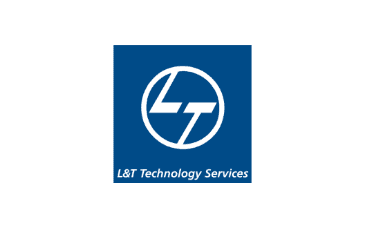


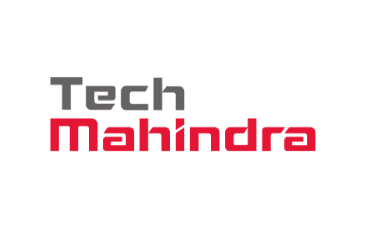
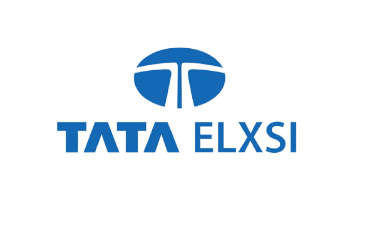



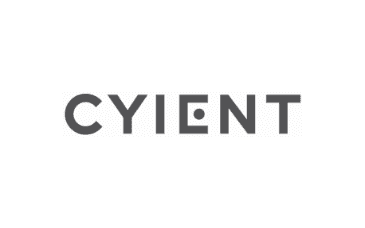




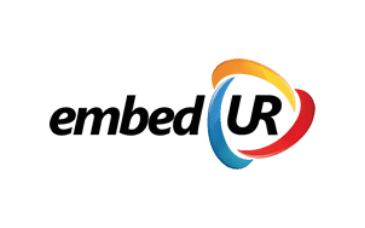

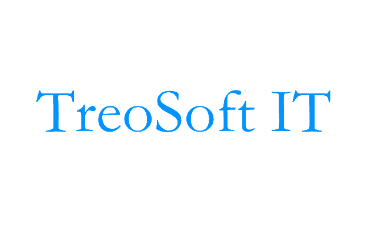
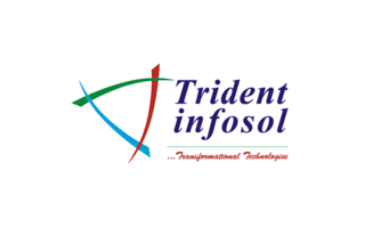

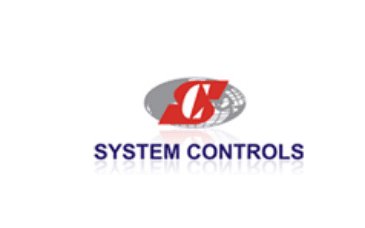
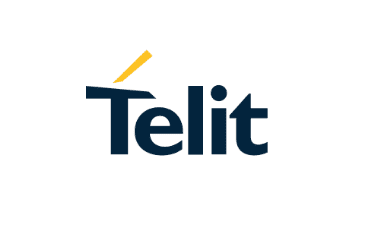


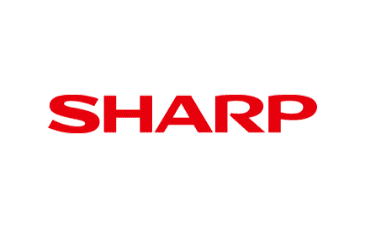

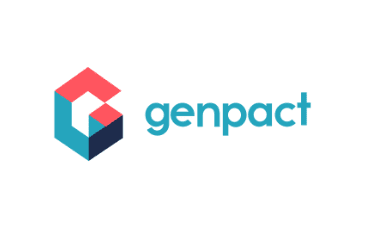
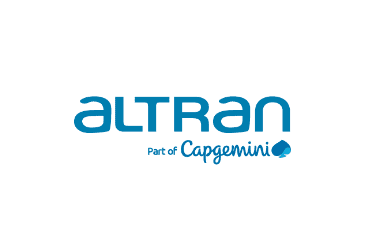


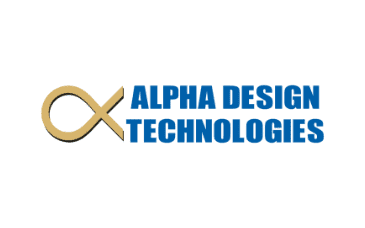


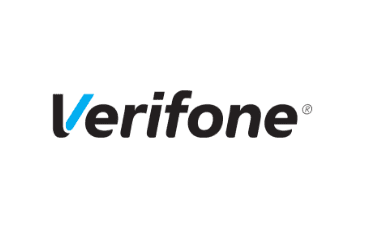


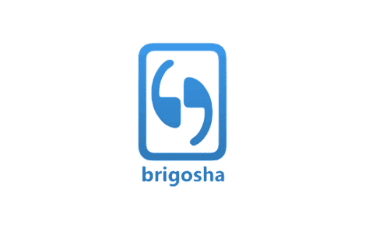


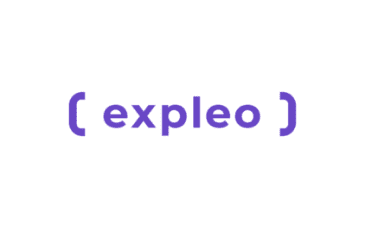
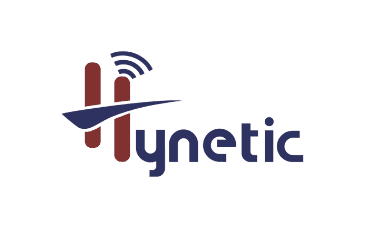
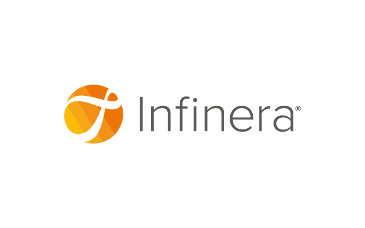



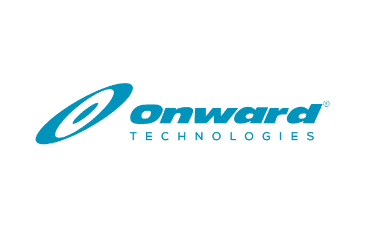


IoT Course FAQs
What are the objectives of the IoT Course that Cranes Varsity provides?
Following are the Objectives of the IoT course at Cranes Varsity
- To gain an understanding of the Internet of things using python features and their uses
- In developing applications
- Understand the internals of the Internet of things by connecting node devices to
- Gateway devices to the cloud and by collecting things data.
- Analyzing the data and acting upon the data from the cloud.
- Exposure to technologies used in building an IoT solution
After finishing the IoT course, what job roles can I take up?
After successful completion of the IOT Course at Cranes Varsity, one is eligible for below-mentioned job roles.
- IoT Architect
- IoT Specialist.
- IoT Embedded Engineer.
- IoT Solution Engineer
What do companies expect during placements?
Companies expect candidates to have 60%-70% aggregate both in academic & PGD training. Candidates to have good Aptitude, Logical Reasoning, and Verbal Reasoning with Programming skills. Additionally, the candidates must have expertise in the preferred domain like Embedded/IoT/Automotive/Java/Data Science/Software Programming/Business Analytics.
Testimonials

Jayashankar
Cranes is the best IOT Training institute in Bangalore. I gave my best performance in the course and got the ultimate trainers who are always ready to clear our doubts. Cranes helped me gain confidence to face interviews on IoT in Embedded Systems, which further helped me get through the interviews. They provided me with such a great opportunity to work for a company like Hyundai.

Satyanarayan
Cranes Varsity’s IOT Course is designed to provide theoretical and application-oriented training on real-time projects, thereby bridging the gap between academic skills and industry requirements. It is a very reliable organization, and one can hope for a great career in the corporate industry. I joined Cranes varsity, and today I am happily working as an IoT Analyst. Thanks to the excellent trainers and Cranes varsity placements.

Jayashree
PG Diploma in IOT Embedded Technology is a comprehensive course, and highly skilled faculties helped me gain my knowledge and confidence in IoT. I am really thankful to all my trainers for their support in IoT training and IoT Applications development.

Neeraj
I appreciate the IOT Course Syllabus at Cranes Varsity for its compactness and the good balance between theory classes and practicals. I am thankful to all the trainers for helping me to achieve a good position. The friendly and cooperative atmosphere makes it a joy to study here.

Kishore
Cranes varsity is the best place to learn IOT Course in Bangalore. I am very much grateful to the delivery and the management team of cranes varsity. They provided me with the knowledge and good opportunities which helped me to stand out from the crowd and got me placed. Once again, a big thanks to the complete cranes’ faculty as well as management.

Ramachandra
First, I would like to thank CRANES VARSITY for giving me this opportunity. Cranes is the TOP IOT Training Institute in Bangalore. The approach of training by CRANES VARSITY is really excellent and close to Industry requirements. All the trainers are knowledgeable. They have cleared all my doubts on the IoT and the usage of IoT in Embedded Systems. That helped me to get placed. Finally, I am very thankful to CRANES VARSITY and all the trainers.
Downloads
- CertificateYes



